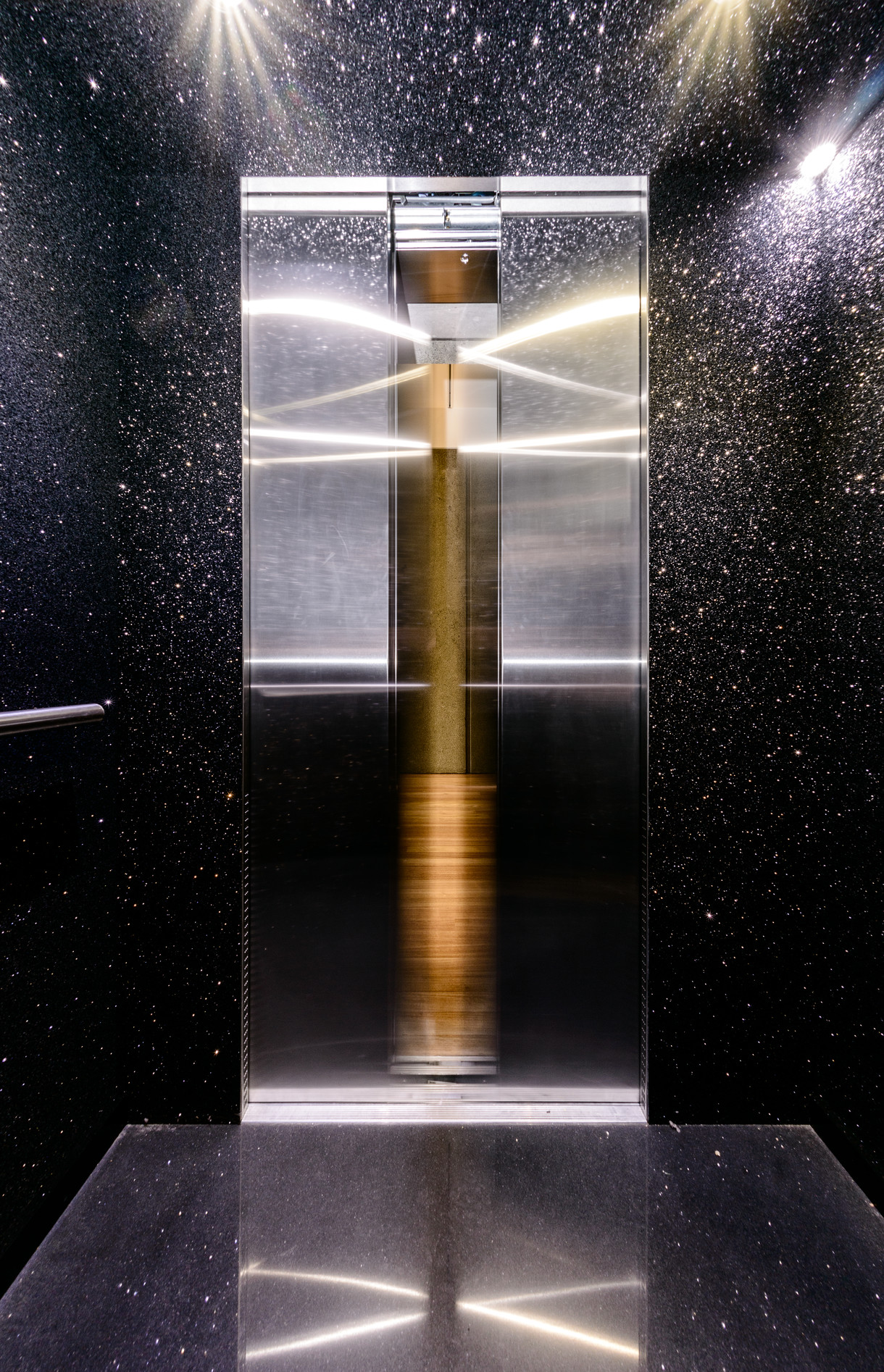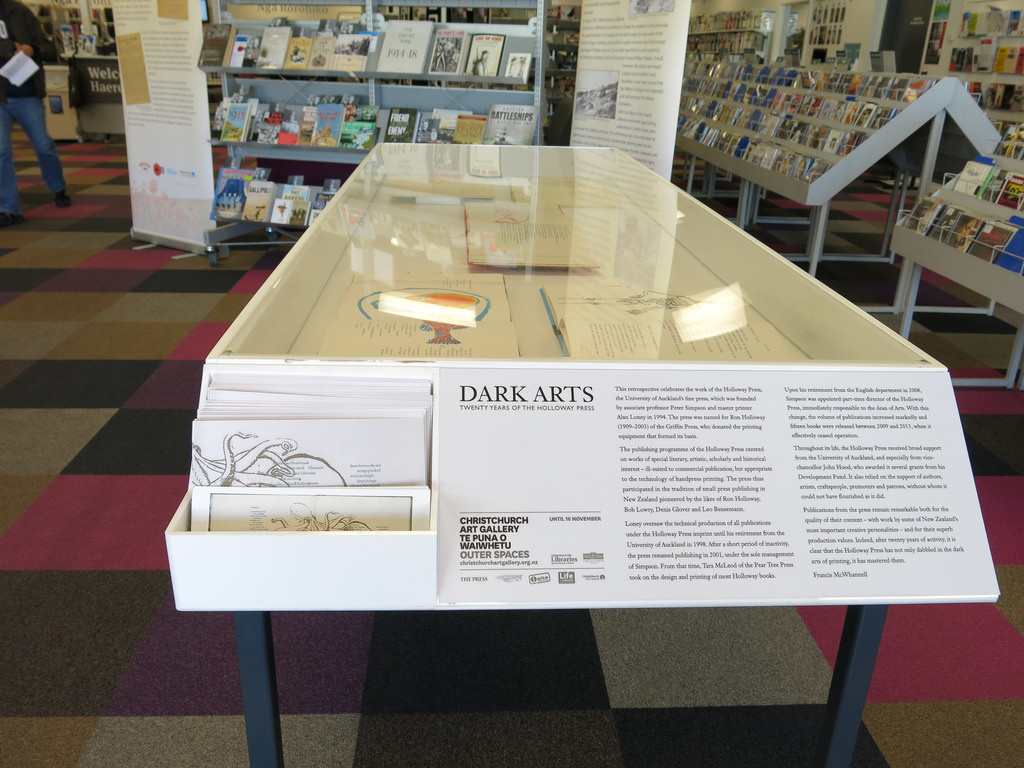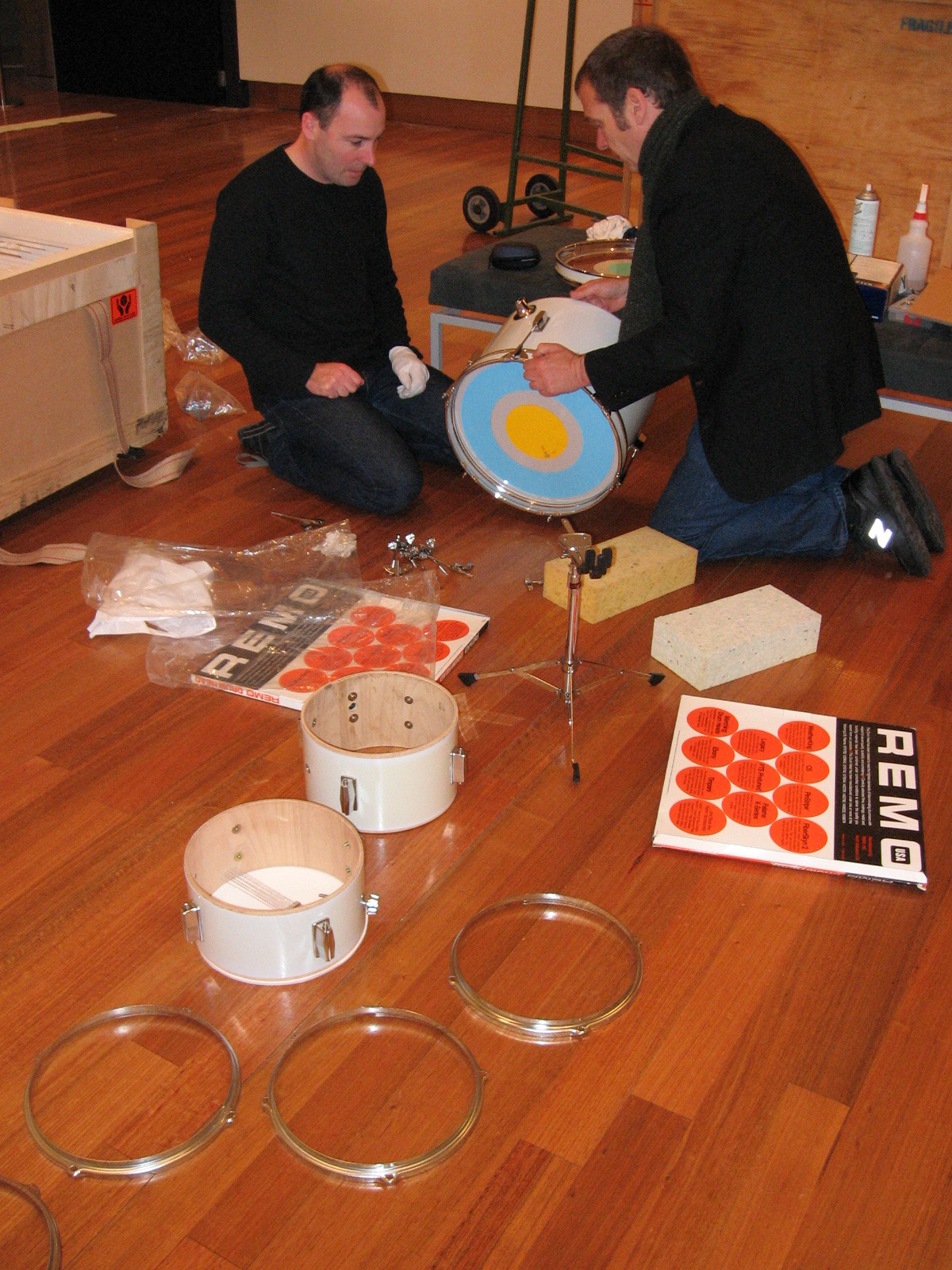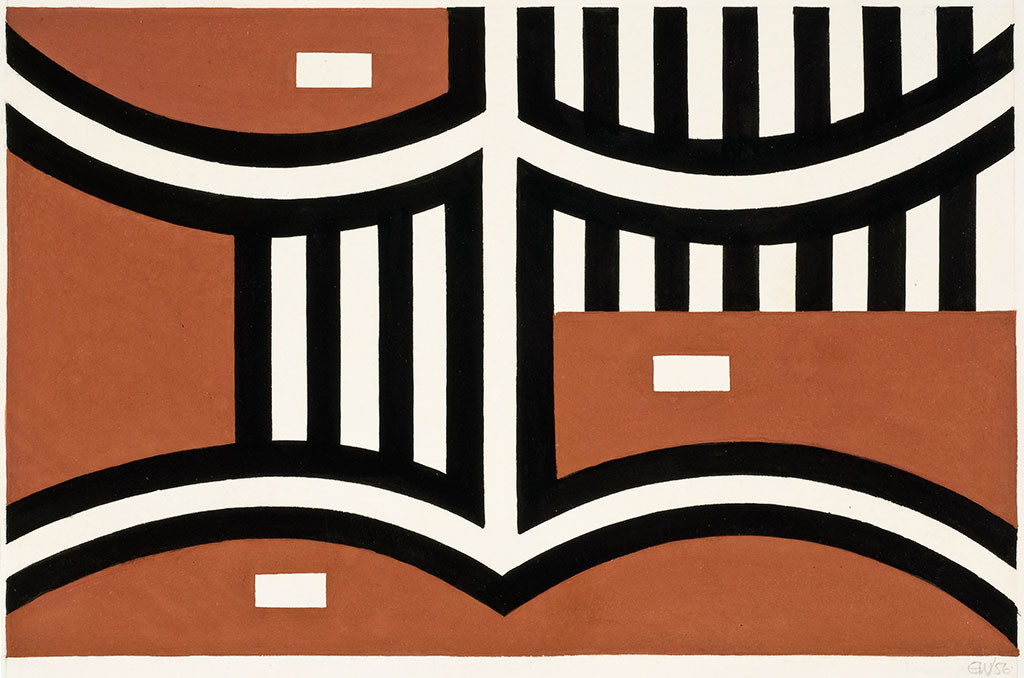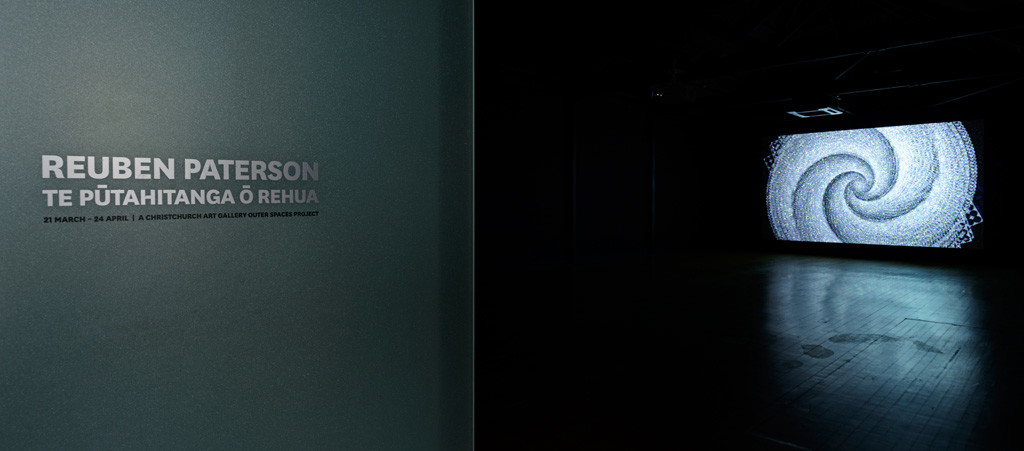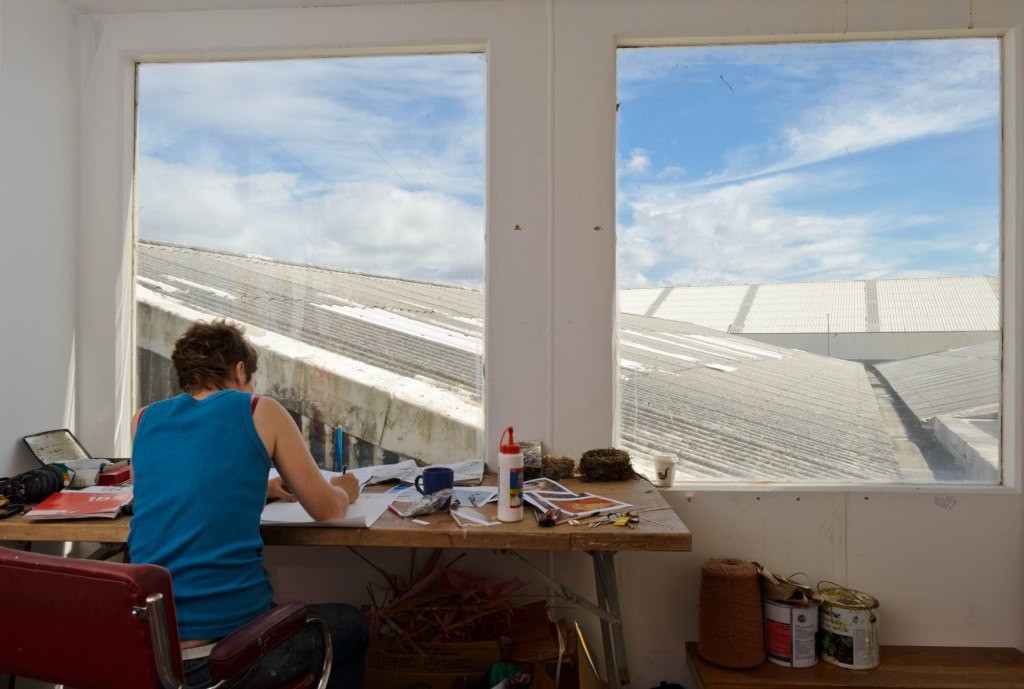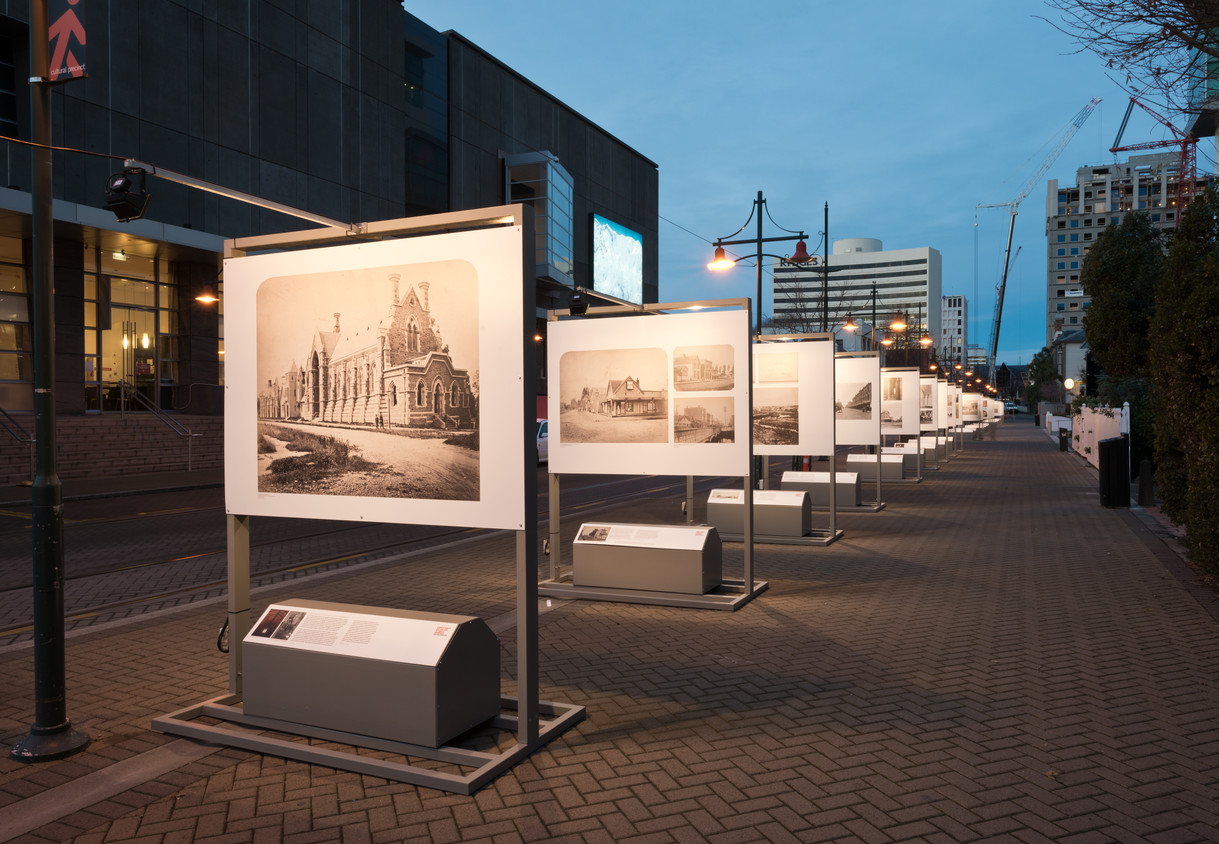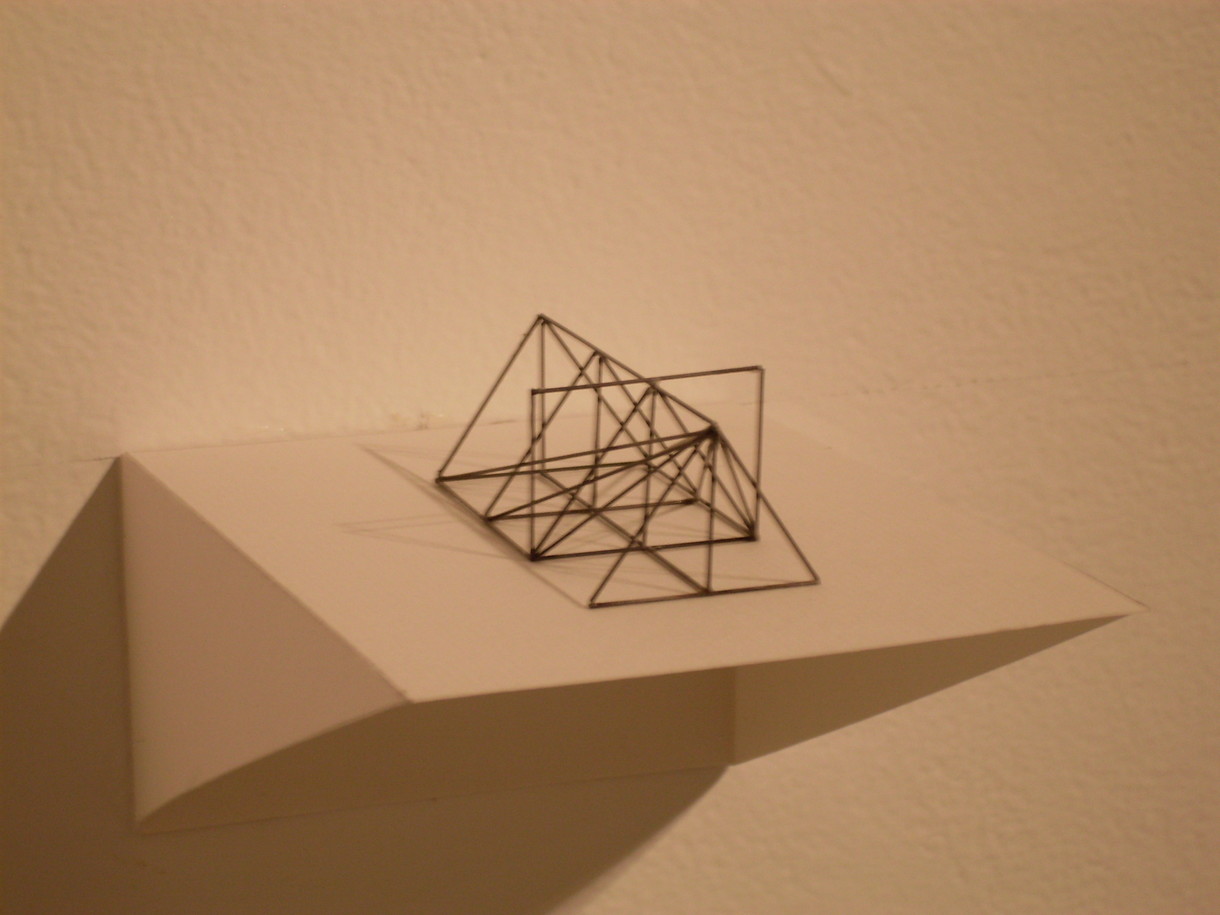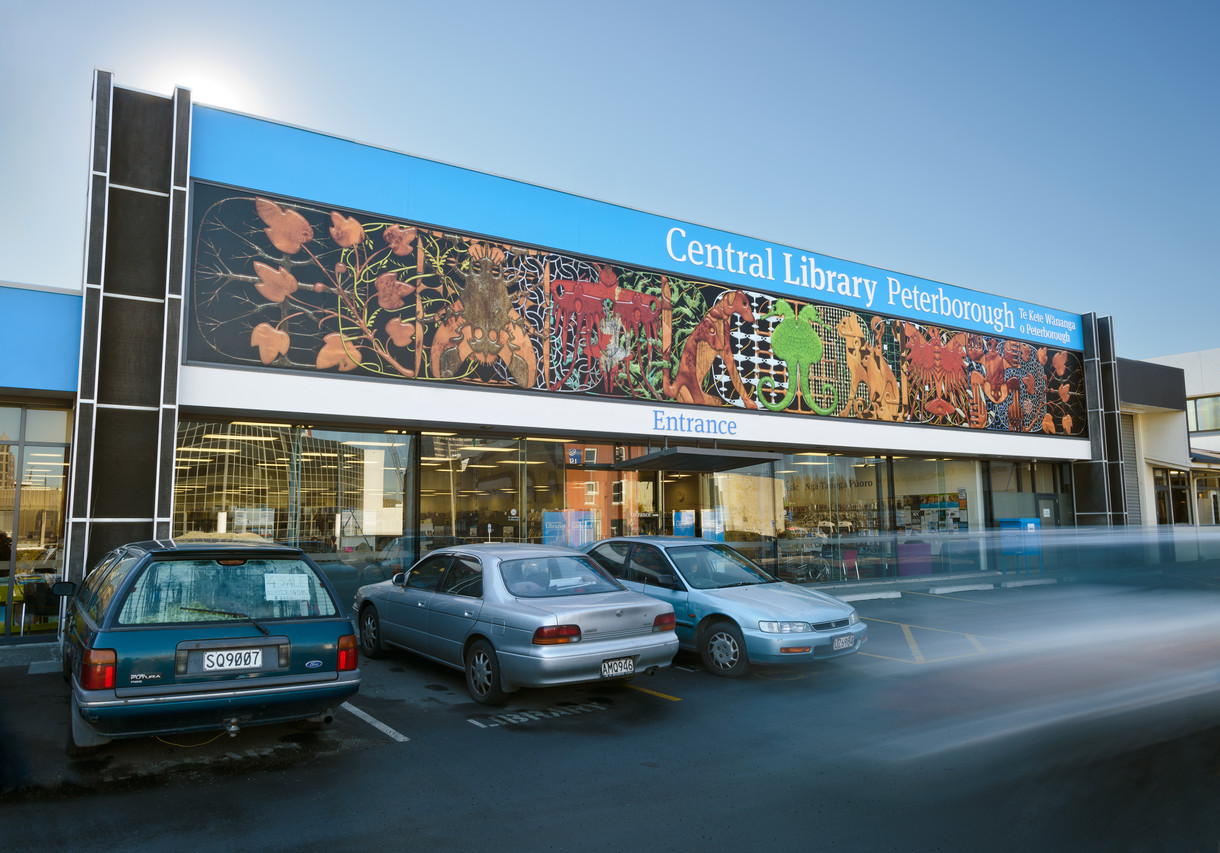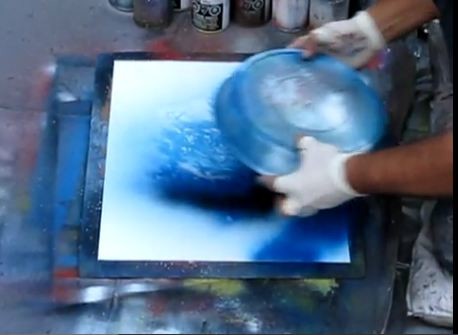Reuben Paterson - Wharenui School visit
Reuben Paterson - Wharenui School visit
On Monday the 25th of March, kids from Wharenui school visited Te Pūtahitangi ō Rehua; a video installation by Reuben Paterson at 212 Madras street. They came to take part in a music based lesson organised as part of the Gallery's education programme. Reuben Paterson was keen to see how the kids would respond to his work, and you can see their response in this video.
Te Pūtahitangi ō Rehua is part of the Christchurch Art Gallery's Outer Spaces programme and can be seen at 212 Madras from 21 Mar 2013 until 24 Apr 2013.
